Fifth Dimension by The Byrds
Buy Fifth Dimension The Byrd‘s third album, released in the summer of 1966, Fifth Dimension saw a change both in style and personnel for the folk-rock group. Earlier in the year Gene Clark, […]
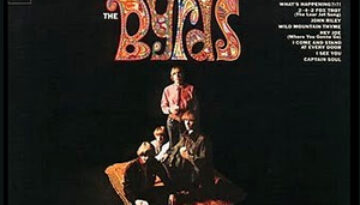
Buy Fifth Dimension The Byrd‘s third album, released in the summer of 1966, Fifth Dimension saw a change both in style and personnel for the folk-rock group. Earlier in the year Gene Clark, […]

Buy Year of the Cat It took Al Stewart more than a decade of grind and seven studio albums before it finally achieve a measure of mainstream success with the release of Year […]
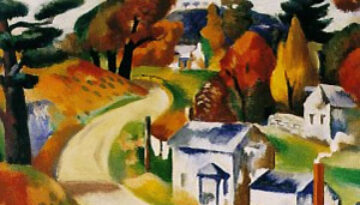
Buy Into the Great Wide Open Tom Petty continued his impressive commercial success as a new decade unfolded with Into the Great Wide Open, the eighth studio album by Petty and The Heartbreakers. […]
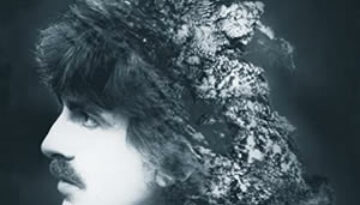
Buy Somewhere in England Somewhere in England was an arduous and frustrating album to produce for George Harrison, taking more than a year to release. The album was critically panned as the material […]
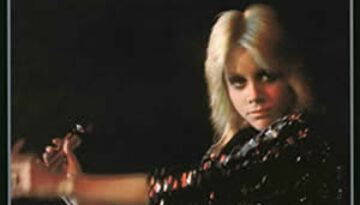
Buy The Runaways The Southern California all-female teenage rock group The Runaways had a short and tumultuous career during the mid 1970s, a career which commenced with their 1976 self-title debut album. In […]
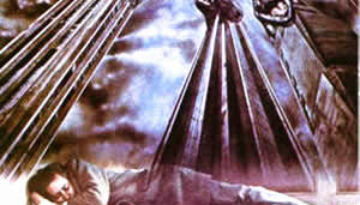
Buy The Royal Scam We’ve all heard of the genre called “outlaw country”. But with Steely Dan‘s 1976 fifth studio album, The Royal Scam, the group put forth a collection of songs that […]
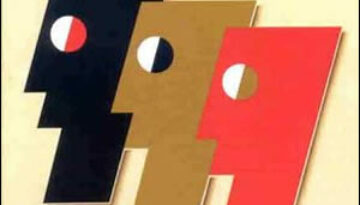
Buy Emerson, Lake and Powell Emerson, Lake & Powell was a quasi-supergroup which existed in the mid-1980s and released a singular, self-titled studio album. The trio was two-thirds of the 1970s group Emerson, […]
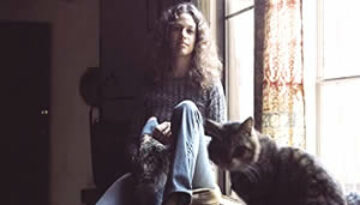
Buy Tapestry After spending most of the 1960s writing hits for other artists, Carole King started a solo career at the dawn of the 1970s. Her 1971 second studio album, Tapestry, became her […]
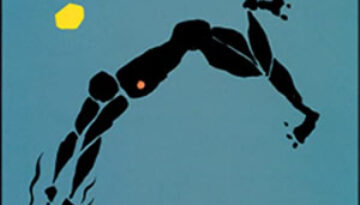
Buy Arc of a Diver Arc of a Diver is a true “solo” record by Steve Winwood as he played every instrument and recorded and produced the album in his private studio. The […]
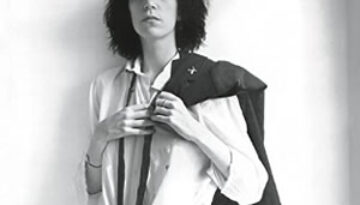
Buy Horses Horses is the 1975 debut album by Patti Smith, an album which has long become considered a breakthrough masterpiece of minimalist originality and poetic improvisation. Smith and her band had no […]